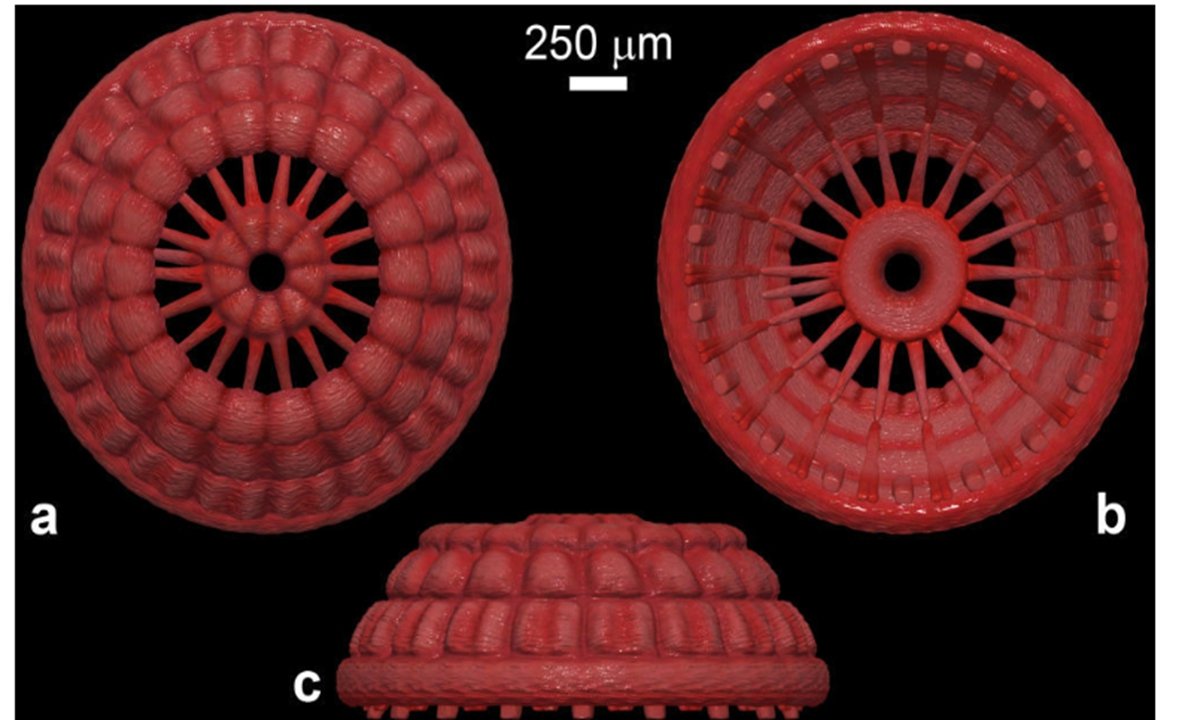In a ground-breaking discovery that offers a glimpse into the evolutionary processes of ancient life, researchers have unveiled fossilized animal musculature, estimated to be an astonishing 500 million years old, from Northwest China’s Shaanxi Province. This revelation has been made possible through the collaborative efforts of scientists associated with the Nanjing Institute of Geology and Palaeontology, Chinese Academy of Sciences (NIGPAS).
The microfossils in question belong to the Cambrian period and have been dated to be approximately 535 million years old. These microfossils have been identified as remnants of early Cambrian cycloneuralians. This group is of particular significance as they are believed to be precursors to arthropods, which, in the course of time, evolved to become one of the most dominant and diverse animal groups on our planet.
The uniqueness of this discovery lies not just in the age of the fossils but also in what they represent. These microfossils have impeccably preserved the introvert musculature of cycloneuralians. These animals encompassed a vast group that ranged from roundworms and horsehair worms to mud dragons and a plethora of other creatures.
Providing insights into the findings, Zhang Huaqiao, a key researcher with the international team, elucidated the distinct appearance of the musculature. They bear semblance to a series of five concentric rings. These rings, intriguingly, increase in diameter from the topmost to the bottom, with the largest ring measuring three millimeters across. From the structural and locational context, the research team has inferred that this preserved musculature likely occupied a position analogous to the “mouth” of the creature.
The design and arrangement of these muscle rings are thought to have had functional implications. Their radial and longitudinal patterns suggest an ability for both contraction and expansion. Fascinatingly, the uppermost ring appears capable of being “retracted” within the confines of the succeeding four rings. The team postulates that these annular creatures would have utilized these muscular movements both for feeding and as an aid in their locomotion.
Zhang further expounded on the implications of this discovery, stating, “The fossilized remnants of this early animal musculature form a pivotal piece in the jigsaw puzzle of evolutionary biology. By examining them, we can trace the primitive modes of movement in ancient creatures and chart out the incremental advancements that led to the sophisticated locomotor abilities observed in present-day animals.”
This breakthrough research was made possible due to a collaborative effort of global significance, with contributions from scholars affiliated with the Virginia Polytechnic Institute and State University, Lund University, the First Institute of Oceanography, and the Ministry of Natural Resources.
The detailed findings of this research have been featured in the esteemed journal, “Proceedings of the Royal Society B: Biological Sciences.”
READ MORE:
